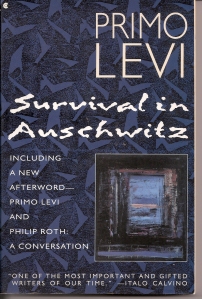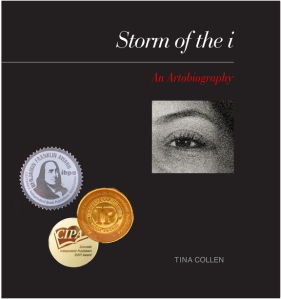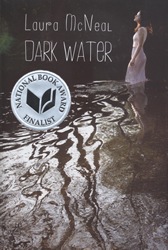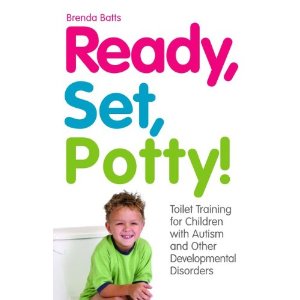Dear Readers,
I recently finished reading Colin Fletcher’s The Man Who Walked Through Time (1968) and Caroline Bancroft’s Silver Queen: The Fabulous Story of Baby Doe Tabor (1955). I didn’t plan to read either book; they just appeared while I was sorting books for Westminster Public Library’s used book sale.
I decided to read The Man Who Walked Through Time because it deals with the author’s two-month walking trip, under the Rim, from from one end of Grand Canyon National Park to the other. I plan to write a story about my experience of being stranded just west of the park, so I thought I would study how he describes the canyon then borrow some of his geological vocabulary, as I have few words of my own.
I read Baby Doe Tabor because I’d kept hearing her name in conjunction with off-kilter legendary Colorado figures, plus I’d been wondering why anyone would be called Baby Doe. Was she tiny with childlike features, doe-like eyes? Was she considered a great beauty because of this?
As it turned out, Baby Doe Tabor’s family in Oshkosh, WI gave her the pet name Baby when she was a child, and somehow Central City, CO silver miners got wind of this and decided to call her Baby too. And Doe? No exciting explanation. It was her first husband’s last name.
But I learned other things too, like who the heck was Horace Tabor, the guy responsible for building opera houses in the late 1800s (and whose name is attached to a Colorado bill that has hog tied the state government).
And The Man Who Walked? Fletcher painstakingly, even boringly sometimes, recounts setting up and breaking camp as well as his decision making processes. Yet his in-depth descriptions of canyons, ledges, eddies, vegetation, and wildlife reflected his intense appreciation of this land and gave me clues for how to describe it in my story.
Have I answered the question How much should I expect to get out of a nonfiction book? Maybe.
I should expect as much as I can find.






